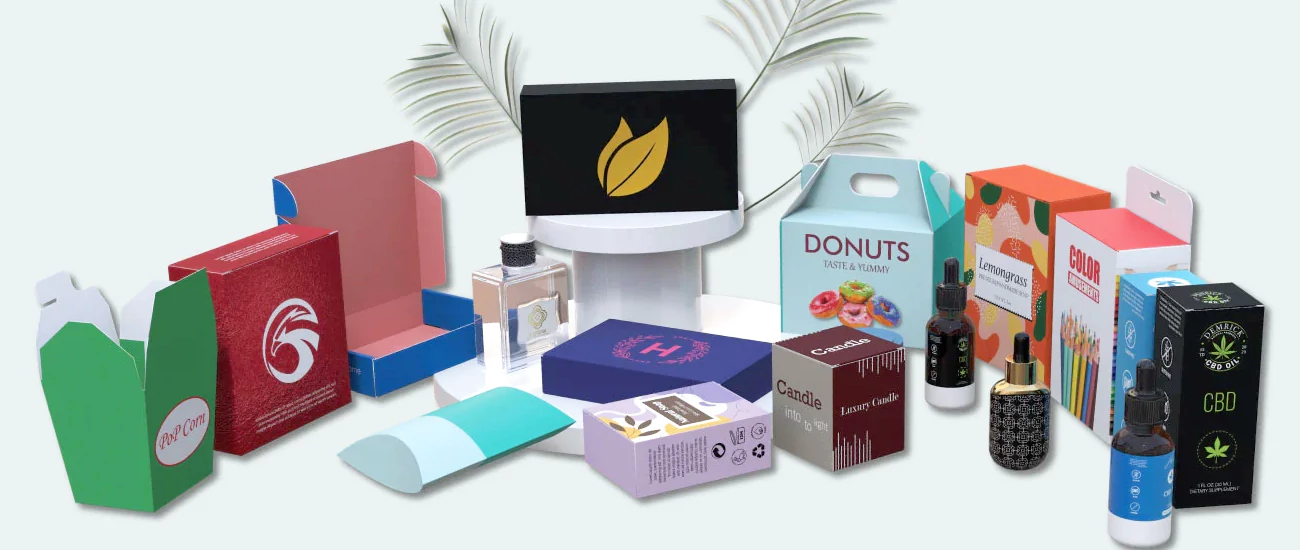
In the world of packaging, businesses face a pivotal decision: should they opt for custom packaging or go with stock packaging? The right packaging choice can significantly impact branding, customer satisfaction, and overall cost-effectiveness. This article will explore the nuances of both custom and stock packaging, comparing their benefits, challenges, and the factors that will help you decide which option best fits your business.
Why Is Packaging Important for Your Business?
Packaging plays a crucial role in how your product is perceived by customers. It's not just about protecting the product—packaging helps shape a brand's identity and communicates its values. For instance, companies like Apple and Tiffany & Co. have mastered the art of packaging by creating an emotional connection with their customers through their designs. Good packaging doesn't just keep your product safe; it sets the tone for the customer experience.
Packaging affects how consumers perceive your product's quality and whether they feel the value matches the price. For example, products that come in well-designed, sturdy packaging are often viewed as more premium, even if the product itself is not. A study by Packaging Strategies revealed that 72% of consumers say packaging design influences their purchasing decision. Packaging isn't just functional—it's emotional.
Environmental concerns have also made packaging a significant point of consideration. Sustainable packaging can elevate your brand's image, making it more attractive to eco-conscious customers. But that's not all—using recyclable or biodegradable packaging can also help you meet industry regulations and build consumer trust.
The Benefits of Custom Packaging
Custom packaging offers businesses the opportunity to create a truly unique, branded experience. It's about more than just standing out on the shelf—custom packaging allows you to make a statement. Imagine receiving a beautifully designed box that speaks directly to your brand's identity. That's the power of custom packaging. Companies like Coca-Cola have leveraged custom packaging not just to protect products but to tell a story.
Custom packaging can also enhance the safety and durability of your product. For fragile or high-end items, custom designs ensure that the packaging fits the product perfectly, reducing the risk of damage during transit. It's tailored for your specific needs, which stock packaging can't offer.
Furthermore, there's the marketing aspect: custom packaging can be used to promote special offers, provide product information, or even engage customers with interactive elements. Some brands even use packaging to encourage customers to share on social media, creating organic, viral marketing campaigns.
The Advantages of Stock Packaging
Stock packaging offers businesses a fast and cost-effective way to get their products on the market.What stock packaging lacks in creativity, it makes up for in simplicity and speed. Companies that need a fast turnaround time or those who are operating on a tight budget may find stock packaging to be the ideal solution.
In terms of cost, stock packaging is far more affordable than custom alternatives. Since stock packaging is mass-produced, there's no need for design, and manufacturing costs are significantly lower. Plus, because stock packaging is readily available, there's less waiting time, which can be critical for businesses that need to ship products quickly.
Another benefit of stock packaging is the variety of options. Stock packaging comes in all shapes and sizes, and you can usually find a solution that fits your needs. While stock packaging won't stand out as much as custom packaging, it still serves the purpose of protecting and delivering the product to the consumer.

Key Differences Between Custom Packaging and Stock Packaging
The difference between custom and stock packaging boils down to one major factor: flexibility. Custom packaging offers flexibility in design, material selection, and sizing, allowing businesses to fully control the packaging experience. On the other hand, stock packaging is much more standardized, with limited options in terms of design and materials.
Customization involves higher upfront costs and longer production times, but it can ultimately provide better protection, marketing potential, and customer experience. Stock packaging, however, is quicker to source and cheaper to produce, making it ideal for businesses with tight budgets or those who need quick turnaround times.
However, stock packaging's limitations may become apparent in competitive industries where differentiation matters. If your business operates in a niche market or you want to stand out in a crowded field, custom packaging can be an essential tool for distinguishing your brand.
How Does Your Business Type Influence Packaging Choice?
For small businesses, stock packaging may seem like the obvious choice due to its lower cost. However, custom packaging can also help small businesses make a significant impact in their niche. By using custom designs, smaller brands can create a unique identity and deliver a premium experience, helping them stand out among larger competitors.
Larger businesses, on the other hand, often require a more scalable solution. In this case, stock packaging might work well, as it can easily be produced in large quantities to accommodate the business's demand. However, companies that want to differentiate themselves in the market may still opt for custom packaging.
Additionally, businesses focused on e-commerce may want to prioritize packaging that ensures safe delivery and provides a strong unboxing experience. For these businesses, custom packaging could provide both practical benefits and branding opportunities, which stock packaging might not.
What Costs Should You Consider When Choosing Between Custom and Stock Packaging?
When deciding between custom and stock packaging, cost plays a significant role in the decision-making process. Custom packaging requires a higher initial investment due to design, production, and tooling costs. Businesses need to factor in both short-term and long-term expenses, including design fees, minimum order quantities, and setup costs for custom molds or dies.
On the other hand, stock packaging is much more affordable. Since the designs are pre-existing, there are no initial design or tooling fees, and the cost per unit is typically lower. However, businesses should consider that stock packaging can still involve costs for labeling, shipping, and storage, which might make it more expensive over time for larger quantities.
Ultimately, the choice between custom and stock packaging comes down to your business's priorities—whether that's keeping costs low or enhancing your brand image and customer experience.
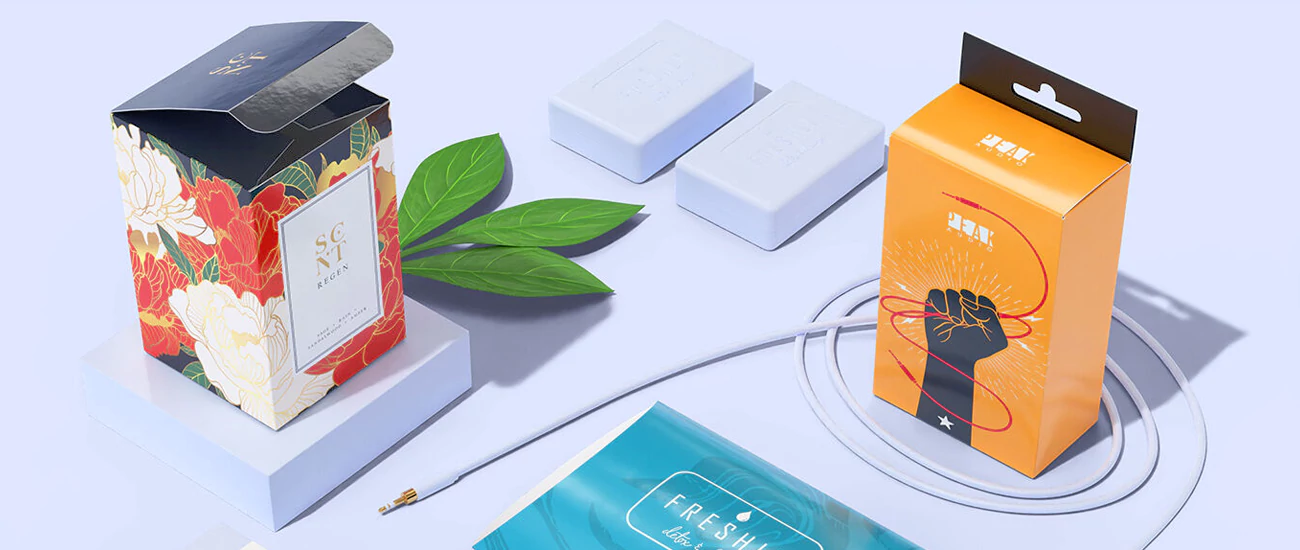
Packaging Affects Your Brand Image
Brand identity is crucial in today's competitive market, and packaging plays an essential role in communicating that identity to consumers. Custom packaging offers a unique opportunity to align your packaging with your brand's values and aesthetics. For example, luxury brands such as Chanel or Louis Vuitton use custom packaging to reinforce their premium status. The packaging itself becomes a part of the product experience, reflecting the quality and exclusivity of the brand.
If your packaging doesn't align with your brand identity, it could hurt your credibility. Stock packaging doesn't provide much room for differentiation, and it may not represent your brand the way you want it to. Custom packaging, on the other hand, offers full control, allowing you to incorporate logos, colors, and even textures that align with your branding.
Brand recognition is also tied to packaging. When customers see a familiar design, they are more likely to choose your product. That's why some brands choose custom designs—because it strengthens their position in the market and makes their products more recognizable.
Environmental Impact of Custom Packaging and Stock Packaging
In today's market, sustainability is no longer just a buzzword—it's a vital consideration for businesses. Environmental impact is an essential factor when deciding between custom and stock packaging. For companies aiming to reduce their ecological footprint, custom packaging can offer eco-friendly options like biodegradable materials, recyclable packaging, or using fewer plastic components.
While stock packaging can also be made from sustainable materials, it's typically less customizable in terms of material selection. Many stock packaging options rely on materials like plastic, which may not always be the most eco-friendly choice. However, some stock packaging options are made with recycled materials, which can be a positive for businesses looking to go green without the added expense of custom solutions.
The choice of packaging can significantly affect your brand's image in terms of environmental responsibility. Companies like Patagonia and Seventh Generation have made sustainability a central part of their brand identity, and their packaging reflects that commitment. Custom packaging may cost more initially, but it can help businesses align with sustainability goals and appeal to eco-conscious consumers.
Which Packaging Option Is Better for Retail or Online Sales?
Retail packaging and online sales packaging have different requirements, and the packaging you choose should align with these needs. Custom packaging offers a competitive edge for products sold in physical retail stores. It enhances the product's shelf presence and can help differentiate your product from others in a crowded store. A well-designed custom box or container can attract attention and increase the likelihood of purchase.
However, when it comes to e-commerce, packaging serves a different purpose. While presentation is still important, the primary focus shifts to protection and cost-effectiveness. Custom packaging for e-commerce businesses often includes durable, protective features like bubble wrap, foam, or other materials to ensure products arrive intact. Stock packaging is often the go-to choice for e-commerce businesses due to its cost-effectiveness and efficiency in bulk production. If you're aiming for a memorable unboxing experience, custom packaging can still elevate the customer experience.
Ultimately, the decision between custom and stock packaging depends on the nature of your business and your sales model. Retail businesses can benefit more from custom packaging, while e-commerce businesses can achieve great results with stock packaging, provided it's designed with product safety in mind.
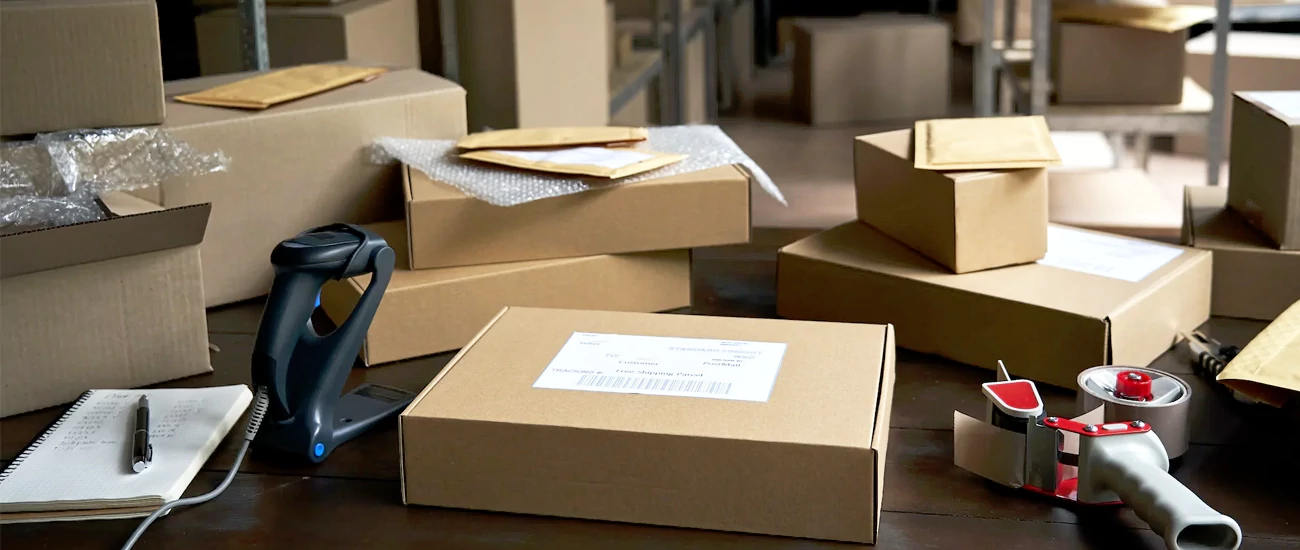
How Does Custom Packaging Impact Customer Experience?
Custom packaging can transform a simple transaction into an unforgettable experience. Imagine the excitement of receiving a product that is beautifully packaged, with every detail carefully considered. This is the power of custom packaging—it creates a lasting impression. The visual appeal, the tactile feel of the materials, and even the unboxing experience all contribute to customer satisfaction.
For instance, companies like Apple and Glossier have mastered the art of packaging. Their custom designs create a sense of anticipation and make the product feel more exclusive. For consumers, unboxing a product becomes an experience in itself. It goes beyond just opening a box—it's an event. By investing in custom packaging, you're investing in an experience that will leave your customers talking about your brand.
Moreover, custom packaging gives you the opportunity to include personalized touches like thank-you notes, special instructions, or even interactive elements. These thoughtful additions can improve the customer experience and increase brand loyalty.
How Does Stock Packaging Affect Customer Perception?
Stock packaging might not offer the same level of personalization as custom packaging, but it still plays an important role in the overall customer perception. Stock packaging can still reflect a brand's personality, especially if the right design, colors, and branding elements are used. However, it often lacks the "wow" factor that custom packaging provides.
For businesses operating on a budget or needing to ship products quickly, stock packaging is a practical and affordable choice. Still, it's important to note that stock packaging can sometimes give the impression of a less premium product. In industries where competition is fierce, such as beauty or tech, stock packaging might not be enough to convince customers that your product is the best option. That's why custom packaging is sometimes necessary to help elevate the perceived value of your product.
Advantages and Disadvantages of Custom Packaging
Custom packaging comes with a lot of upsides, but it also has its downsides. The advantages are clear: you get a unique design that perfectly matches your brand identity, and you can include features that protect your product better than standard packaging. Custom packaging also allows for a more personalized customer experience, which can increase brand loyalty.
However, custom packaging comes with significant costs. The initial investment is high, and the lead times are longer due to the design and production process. Additionally, custom packaging often requires minimum order quantities, which can be a barrier for smaller businesses or those with less consistent demand. Despite these challenges, custom packaging can provide substantial long-term benefits if managed properly.
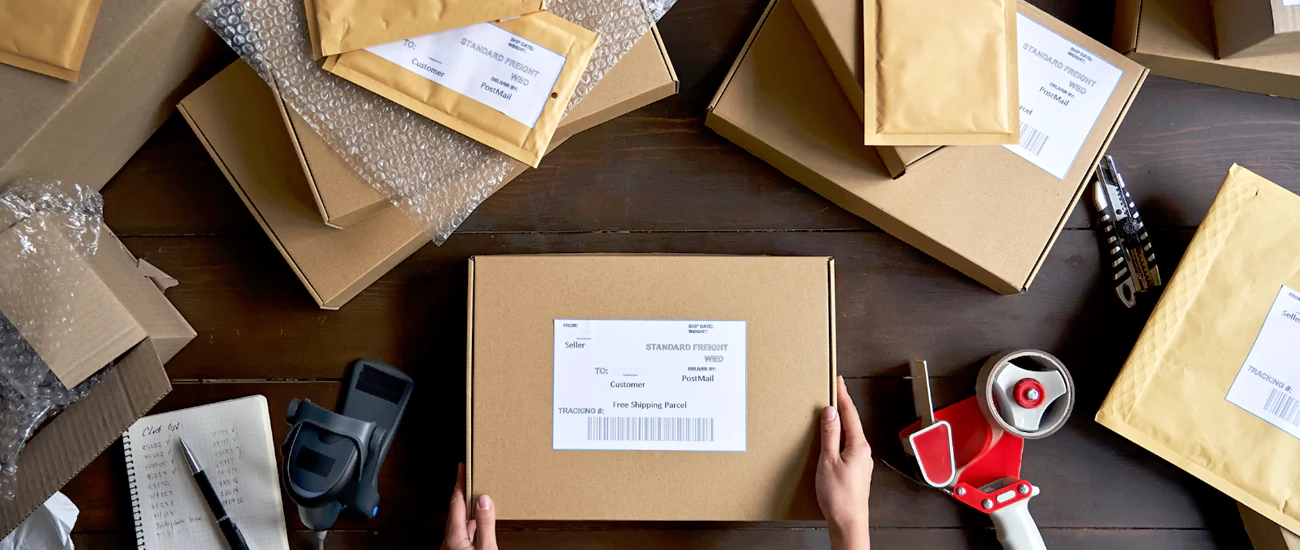
Advantages and Disadvantages of Stock Packaging
Stock packaging offers clear advantages, primarily cost and convenience. It's significantly cheaper and quicker to produce, making it ideal for businesses that need a cost-effective solution. Additionally, stock packaging comes in many standard sizes, making it easier to find an option that fits your product.
But here's the kicker—stock packaging can be limiting. You won't have as much flexibility in design, and the packaging might not align with your brand identity as well as custom packaging. This could lead to missed opportunities in creating a stronger connection with your customers. In competitive markets, the lack of distinctiveness can be a drawback. However, for many businesses, stock packaging remains a practical solution.
Choose the Right Packaging for Your Products
Choosing the right packaging depends on several factors.First, consider your product's nature—fragile products require packaging that offers additional protection, while luxury items demand more high-end designs. The next thing to consider is your target market: Are they looking for eco-friendly options, or is cost a bigger priority?
You also need to weigh the importance of brand identity. If you’re in a highly competitive industry, custom packaging may be the best way to stand out. But if you’re on a budget and need a quick turnaround, stock packaging could be a practical choice. The key is understanding your business’s needs and making an informed decision based on your priorities.
How Do Custom and Stock Packaging Impact Your Bottom Line?
At the end of the day, packaging affects your bottom line—there's no getting around it. Custom packaging may have a higher initial cost, but the return on investment (ROI) can be significant if it helps build customer loyalty and brand recognition. For example, a strong unboxing experience can lead to repeat business and positive word-of-mouth marketing, both of which are invaluable.
Stock packaging offers a much lower cost and faster production time, but it may not provide the same long-term benefits as custom packaging. Businesses need to carefully assess the trade-offs between the upfront costs of custom packaging and the long-term gains it could bring. In industries where branding is key, investing in custom packaging can be a game-changer.
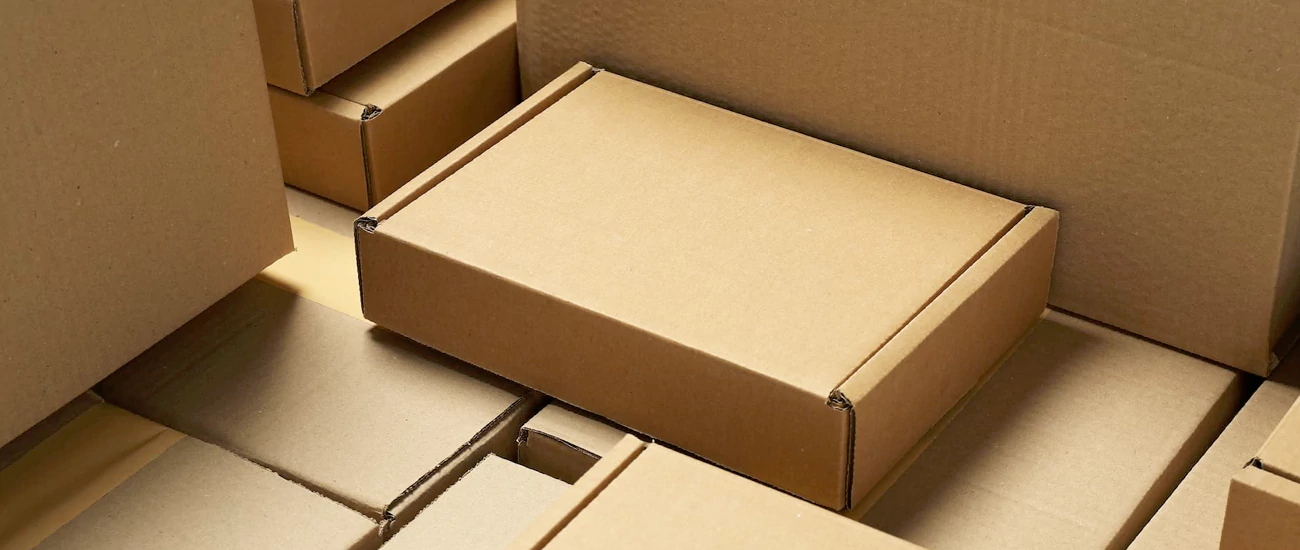
In conclusion, custom and stock packaging each have their advantages and challenges. Custom packaging offers better branding opportunities, a more premium customer experience, and increased product protection, but it comes with higher costs and longer lead times. Stock packaging, while more affordable and faster to produce, offers fewer customization options and can potentially harm your brand's image in a competitive market.
Ultimately, the decision between custom and stock packaging depends on your business's priorities—whether you're focused on cost-efficiency or want to create a unique, memorable brand experience. By evaluating your product, target audience, and budget, you can make an informed decision that will serve your business in the long run.


 Crown Win
Crown Win Custom Cosmetic Packaging Boxes: The Path to Enhancing Corporate and Brand Value
Custom Cosmetic Packaging Boxes: The Path to Enhancing Corporate and Brand Value 









